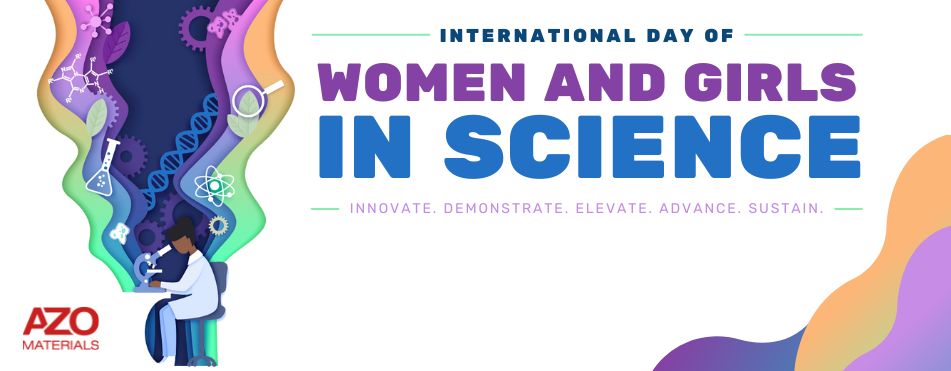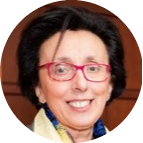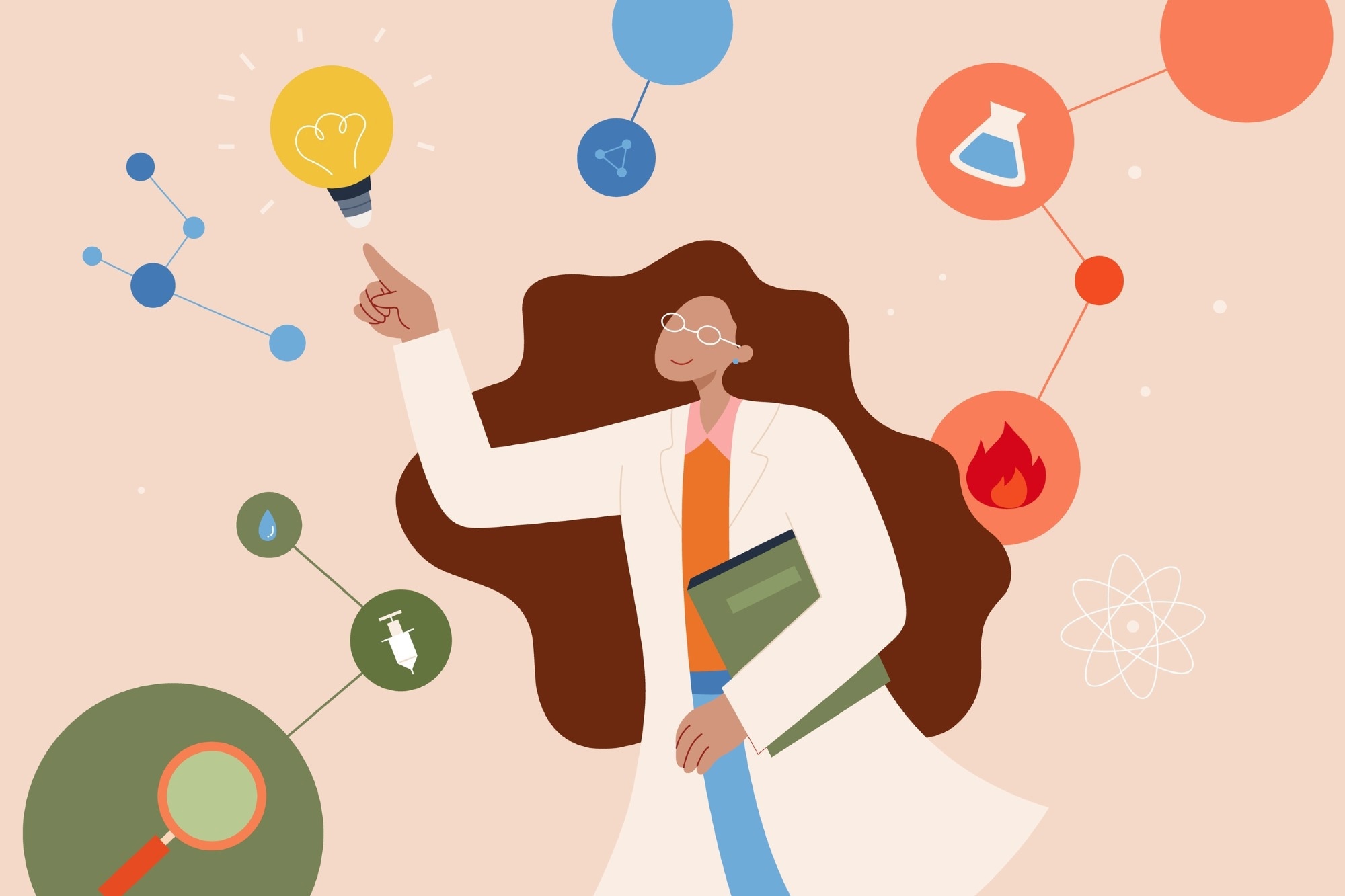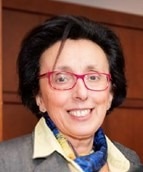
In this interview, AZoM had the pleasure of speaking with Dr. Giulia Galli, a professor at the Univeristy of Chicago and senior scientist at the Argonne National Laboratory, about her impressive career in science.
Please can you introduce yourself and your current professional roles?
 I am a professor of molecular engineering and chemistry at the University of Chicago, and senior scientist at the Argonne National Laboratory where I am the director of the Midwest Integrated Center for Computational Materials (MICCoM). I am a condensed matter physicist by training.
I am a professor of molecular engineering and chemistry at the University of Chicago, and senior scientist at the Argonne National Laboratory where I am the director of the Midwest Integrated Center for Computational Materials (MICCoM). I am a condensed matter physicist by training.
How did you start out in science, and what inspired you to pursue a career in STEM?
I started out in science as an undergraduate and graduate student in Italy, where I was born and raised, and the reason why I went for a career in STEM is simply because I was interested in science. At the end of high school, I was unsure whether my interests were more in line with biology and medicine or in physics. I eventually chose physics and never looked back. Over the years I applied my condensed matter physics knowledge to several disciplines such as molecular engineering and chemistry.
You hold several impressive leadership positions at the University of Chicago, Argonne National Laboratory, and the Midwest Integrated Center for Computational Materials (MICCoM). How directly are you involved with active research at these institutions?
I am deeply involved in research at these institutions. I regularly meet with students and post-docs to discuss problems and plans for research and to write papers with them. I am also deeply involved in planning research with my colleagues and in writing proposals for research funds.
As director of MICCoM, could you describe the core aims of this center and some of the groundbreaking research it is doing?
MICCoM is a computational materials science center funded by the Department of Energy. We started our activity in 2015. The center develops and disseminates open-source software (computer codes) that enable simulations and predictions of properties of materials for energy conversion and of solid-state materials for quantum information science.
We study materials at the microscopic scale, using the basic laws of quantum mechanics, and we aim to predict how materials behave and may be used for sustainable energy applications or quantum technologies. A story written about MICCoM about a year ago or so can be found here.
Many women pursuing a profession in STEM face additional hurdles as a result of their gender. What more do you think could be done to address the biases creating these barriers?
First and foremost, we should be putting resources and effort into educating the population, starting from kindergarten, about the importance of inclusion and respect in society, and also about the importance of science. Education is not valued enough, especially now, in America. Social media are ruling and working against the development of critical thinking. Many politicians are working against the development of critical thinking.A well-educated populace is better capable of critical thinking, of valuing the lessons of history – no matter how dark – that can teach us, and of understanding key societal issues. Ultimately, better education at all levels will lead to reducing racism and gender biases. This is of course a long-term plan—but an important one.
In the short term, it will be important to provide women with available and affordable childcare in the workplace and at scientific meetings to allow them the flexibility they need if they choose to become mothers. It will also be important to ensure that biases are fought with and for them at every step of the way, EACH and EVERY time they arise, including subtle biases.
How important do you believe outreach is when it comes to encouraging women and girls to get into science?
Outreach is important but it must be serious, well-planned, and well-thought-out to be effective. There are a lot of outreach activities organized just to feel good or to check a box. One important outreach activity that research universities should engage in is towards K-12 teachers. We should contribute to the continuing education of K-12 teachers so that they can go back to the classroom and be better prepared to convince diverse communities of students of the paramount value of education and science.
It is important to make teachers feel valued and appreciated, and include some of them in the research community so that they can spread the value not only of knowledge but also of innovation.
And of course, teachers should be remunerated with much higher salaries than they have now, but that is a longer conversation.
Looking back over your career as a whole, are there any moments that stand out to you as being particularly significant?
In terms of scientific success, certainly my move to the University of Chicago is very significant. The quality of research, students, colleagues, and inspiration to follow new research directions that I found in Chicago have been very important to my career. But in the end, the most transformational moments have really come from the people I met along the way: motivated students that eventually became my colleagues, colleagues with whom I started new research directions, and colleagues and family who helped me in difficult moments.

Image Credit: JoyImage/Shutterstock.com
Are there any female role models that have inspired you during your career?
There are several, but I will mention one, Mildred Dresselhaus, and I will quote a simple and powerful thing she said, that I can very much relate to: “My life evolves. Science is changing every day, but I’m changing with it and I try to be right there. That’s where I want to be.”
Do you have any advice for young women or girls who wish to pursue a career in STEM?
It is becoming a bit easier for a woman to pursue a career in science, but it is certainly not easy. I would advise young women and girls to keep an eye from the start on the balance between work and personal life. It requires attention and it is way too easy to be sucked into a 24/7 work schedule to show the world that you are good. Unfortunately, women need to work harder, in general, to show they are good, and as a consequence, they need to work harder to keep a balance, but it’s worth trying!
Find our other Women in Science Day features here!
Where can readers find more information?
https://www.youtube.com/watch?v=4KPcY_2Ez7s
https://www.youtube.com/watch?v=vngz5lGyK_g
https://galligroup.uchicago.edu/
About Giulia Galli
 Giulia Galli is a condensed-matter physicist. She is the Liew Family Professor of Electronic Structure and Simulations in the Pritzker School of Molecular Engineering and the Department of Chemistry at the University of Chicago and senior scientist at Argonne National Laboratory. She is also the director of the Midwest Integrated Center for Computational Materials. She is recognized for her contributions to the fields of computational condensed-matter, materials science, and nanoscience, most notably first principles simulations of materials and liquids, in particular materials for energy, properties of water, and excited state phenomena.
Giulia Galli is a condensed-matter physicist. She is the Liew Family Professor of Electronic Structure and Simulations in the Pritzker School of Molecular Engineering and the Department of Chemistry at the University of Chicago and senior scientist at Argonne National Laboratory. She is also the director of the Midwest Integrated Center for Computational Materials. She is recognized for her contributions to the fields of computational condensed-matter, materials science, and nanoscience, most notably first principles simulations of materials and liquids, in particular materials for energy, properties of water, and excited state phenomena.
Disclaimer: The views expressed here are those of the interviewee and do not necessarily represent the views of AZoM.com Limited (T/A) AZoNetwork, the owner and operator of this website. This disclaimer forms part of the Terms and Conditions of use of this website.